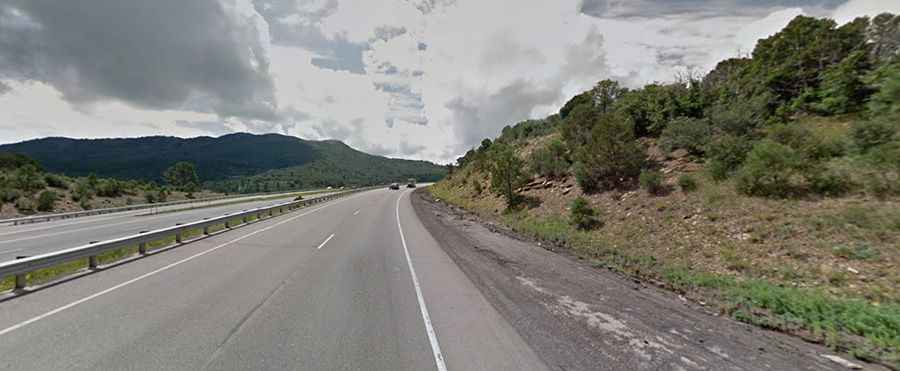Driving the treacherous Raton Pass in the Sangre de Cristo Mountains
Raton Pass is a high mountain pass at an elevation of 2,390m (7,841ft) above sea level, located on the Colorado-New Mexico border in the United States.

Why is it called Raton Pass?
Ratón is Spanish for "mouse." The pass was part of the Santa Fe Trail, used by pioneers in the early 19th century. The first road through the summit was built in 1866.
Where is Raton Pass?
The pass links Las Animas County (on the southern part of Colorado) and Colfax County (on the northern part of New Mexico).
How long is Raton Pass?
The road to the summit is entirely paved. It’s called Interstate 25. The pass road is 35km (21.8 miles) long, linking the cities of Raton (in Colfax County in northeastern New Mexico) and Trinidad (in Las Animas County, Colorado). The road is in excellent condition with some steep parts.
Is Raton Pass open or closed?
Set high on the eastern side of the Sangre de Cristo Mountains, the pass is open to traffic throughout the year. Winter conditions are usually challenging. It can often be treacherous, with extreme winds, ice, and snow, so exercise caution as you make your way. It is subject to difficult driving and occasional closure during heavy winter snowfalls, with blowing snow, ice, and poor visibility.
Is Raton Pass steep?
The road is not too steep. Starting at Raton, the ascent is 18.66km (11.6 mi) long. Over this distance, the elevation gain is 332 meters. The average gradient is 1.77%. And starting from Trinidad, the ascent is 22.36km (13.9mi) long. Over this distance, the elevation gain is 558 meters. The average gradient is 2.49%. It has a maximum gradient of 6%.